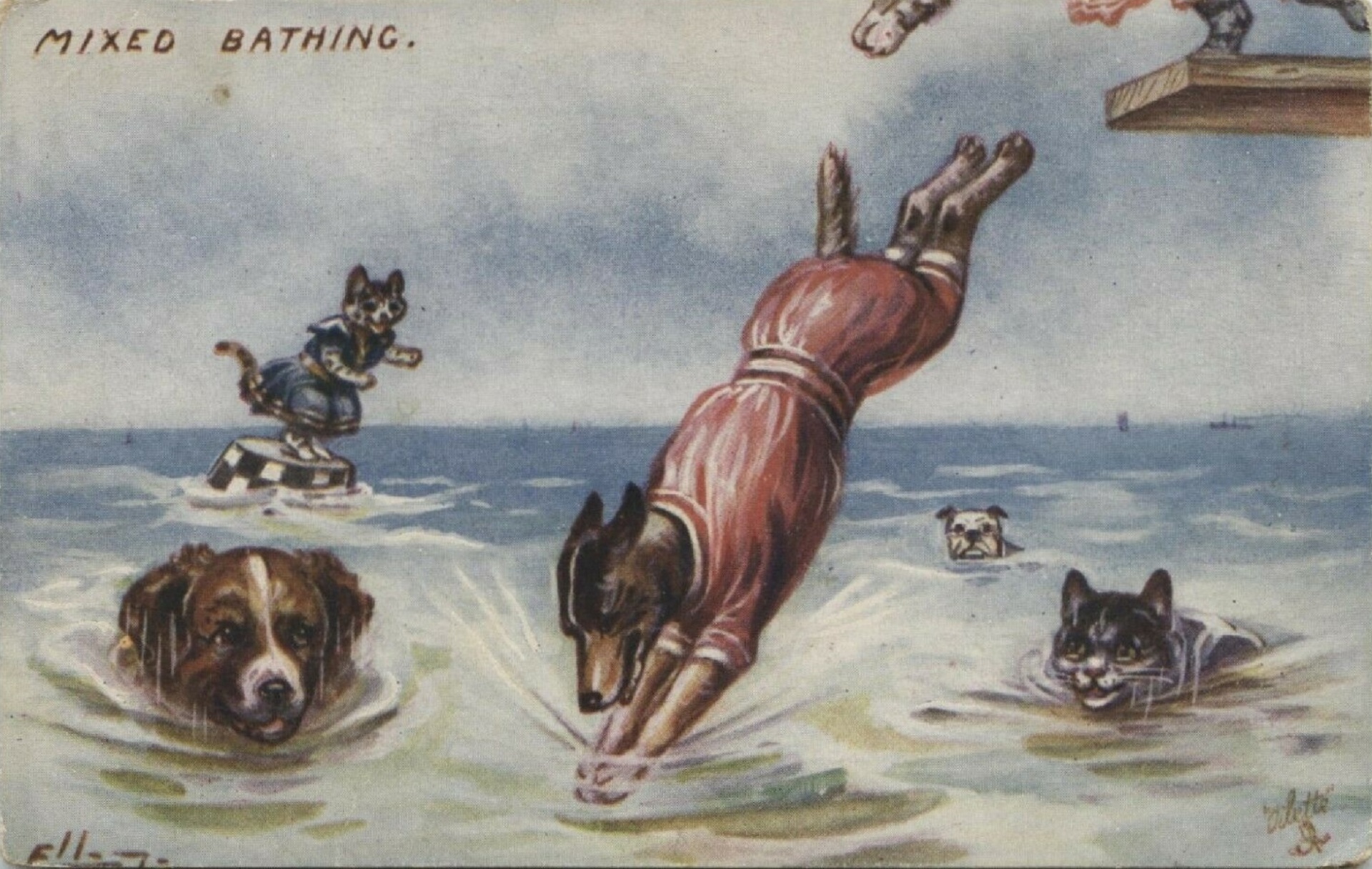 The warm summer sun hung silently over the huge grassy meadow where a very large gathering of animals discussed various worldly issues in many languages. Great Lion surveyed the assembly. Most of the delegates were there. A few had refused to attend, and others had become extinct since the last summit. However, he recognized most of the old faces as friends and allies. It seemed like years since he had seen some of them, ten years to be exact. The United Society of Animals for a Better World met only once a decade, because it was so difficult to gather a representative from each species.
The warm summer sun hung silently over the huge grassy meadow where a very large gathering of animals discussed various worldly issues in many languages. Great Lion surveyed the assembly. Most of the delegates were there. A few had refused to attend, and others had become extinct since the last summit. However, he recognized most of the old faces as friends and allies. It seemed like years since he had seen some of them, ten years to be exact. The United Society of Animals for a Better World met only once a decade, because it was so difficult to gather a representative from each species.
Dozens of the earth’s most intelligent species had spent months compiling the seating arrangement. Cat and Mouse no longer sat near each other after the last meeting’s incident. The thoughtful lion recalled the funeral, and what a poignant ceremony it had been. The new mouse was not permitted to sit by Elephant either; she would have to sit by the microphone, near the insects in order to be heard.
Lion scanned the long agenda before him. They would be discussing some very heated issues, and he estimated that the debates would last well over a week. “I hereby call this meeting to order,” he roared. He had everyone’s undivided attention, save for a few multivisioned insects and reptiles. “The first topic on the agenda is the housing problem in South America. I believe Macaw has a report on that.”
The brightly plumed parrot tipped his head and shuffled through numerous important-looking documents. “Aauk! Yes I have,” the distinguished bird began, “the housing problem in South America has gotten considerably worse, particularly in the rain forests. Our homes are savagely burned daily; whole species are dying out as I stand before you. The cause of all this destruction has been pinpoi … ”
All this time Lion heard the faint sound of chewing. It was slowly growing louder, and it was beginning to distract some of the less focused delegates. He scanned through the throng of animals. “Stop that immediately!” he roared. Embarrassed, the young blacktail deer paused, his mouth agape with a succulent corner of leaf hanging from it. “What rule do we have about eating while the discussions are in session?” the lion growled, showing his teeth.
“It’s only a little cabbage,” the nervous buck stuttered.
“Listen,” Lion sighed patiently. It seemed that he always had to
bring this up, “If we allow the herbivores to eat, we have to let everyone eat, including the carnivores.” The deer glanced at the bear and the leopard beside him and mumbled an apology.
“Ahem.” The now slightly displeased parrot cleared his throat as loudly as possible. “The cause of all this mindless death is the humans. They are burning our homes and killing millions. They destroy entire species without a second thought. Of course, killing is natural to many species, but only to survive. There seems no point in their wiping out everything.”
“Apparently,” Lion said, “this is going to overlap the other issues concerning the humans. It will be taken up again at a later date. I suggest that we move on to the next order of business.”
As the days passed, laws were approved and committees were formed. Lists of newly evolved and recently extinct species were read. Finally, the last day of assembly arrived. There was only one area of discussion left, but it was one that caused much tension among the delegates: The humans. “It was decided that at the end of our last decade’s meeting that,” Lion said, trying to enter the touchy subject as delicately as possible, “we should continue our attempts to reduce the human population. Our main plan of action has been studied by our Diseasing Committee. They have a report.”
A large swarm of flying, buzzing, and biting insects approached the microphone. They squeaked and wheezed various phrases with enough effort to make their report coherent. “We … we … have attempted to in … inject many diseases into … to the human environment. Un … unfortunately, they spread slow … ly. The humans are somehow avoiding … and even eradicating the diseases. We suggest a continuation of our program … for another decade,” and with that the committee flew back to their places.
“I say,” Garter Snake hissed, “I say we attack ’em in their sleep!” Garter snakes are a rather pitiful species of snakes, but they like to sound tough.
“I think we should leave them alone,” Dachshund yipped.
“That’s because you live with one,” Zebra rebuked.
“That has nothing to do with it,” stated the diminutive dog, trying to hide her dog tag. At that very moment, her owner was wondering what had happened to his poor pooch. Never would he have guessed that his prize-winning dachshund was arguing in favor of the human race.
“I agree that something has to be done about those humans,” Elephant remarked, “but I think that total extinction is not what we are looking for.”
Suddenly, Yak exclaimed, “Banishment!”
“Where to?” Ground Squirrel asked.
“To the deepest, darkest corner of a bottomless pit where every one of their wretched souls are eternally trapped,” Cockroach spat, followed by a crazed laugh. Cockroaches are a bit odd.
“That won’t work,” Sparrow chirped.
“Well, I guess we’ll just have to go with my idea,” the garter snake commented, sounding very self-satisfied.
“So!” the animals chorused, “They must be destroyed! They must be wiped out!” Animals clucked, screeched, growled and roared their agreement that the humans should be done away with.
Suddenly, Lion realized that he was authorizing the almost pointless destruction of an entire species. He quickly regained control of the assembly with a loud roar. The delegates sat in a stunned silence as he revealed his startling discovery. The lion went on, “I say we continue our previous plan of action for another decade. All those in favor say ‘Aye.'” The animals, still shocked with what they had proposed, mumbled aye. “Meeting adjourned,” concluded Lion.
The tiring days of debating were over. The animals had not accomplished as much as they had hoped, but they learned something about each other. Of course, with the way that an animal’s mind works, the controversial topics would soon be forgotten by the next decade, and there would be many new problems to discuss.
A short story that I wrote in Grade 11. First published in The Environment: exploring fiction, poetry, and non-fiction (1995, Harcourt Brace & Company)

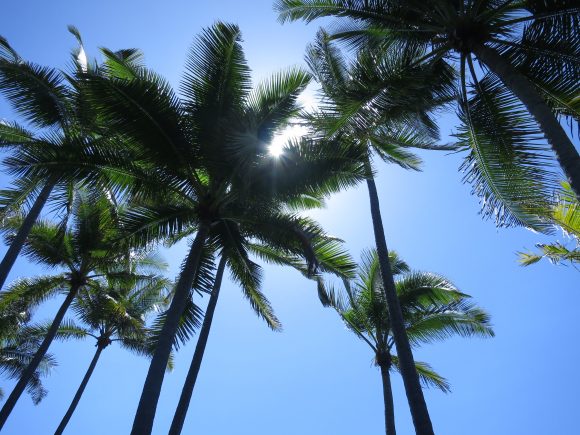
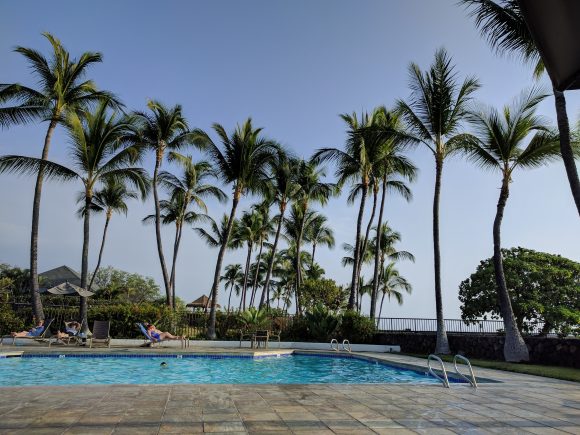
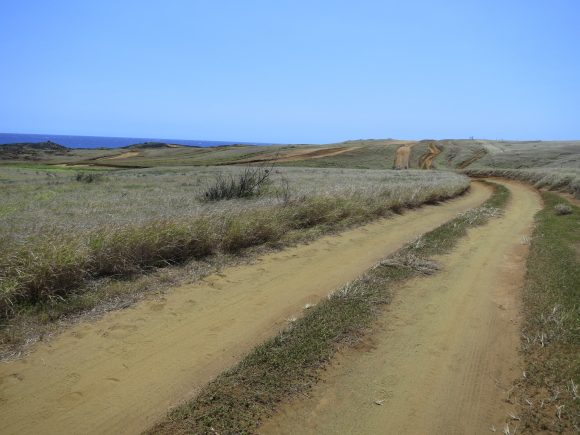
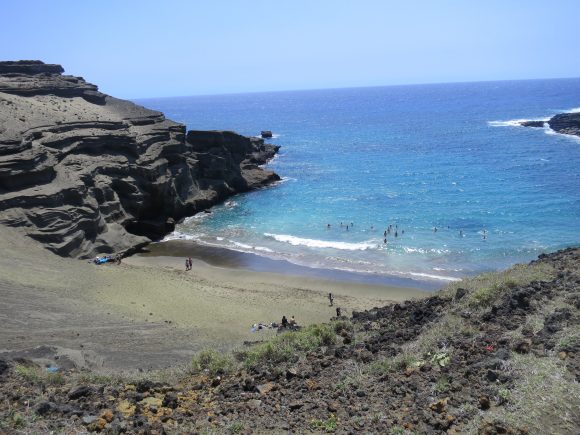
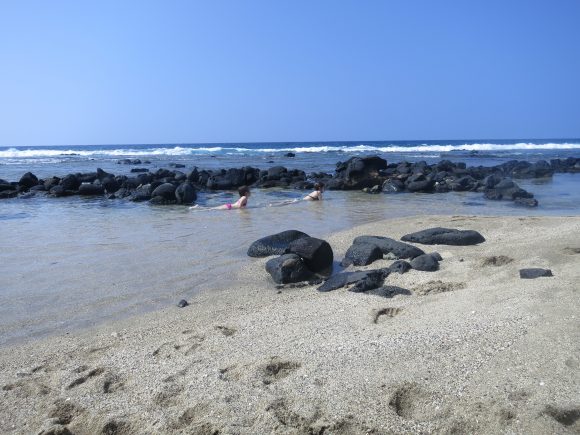
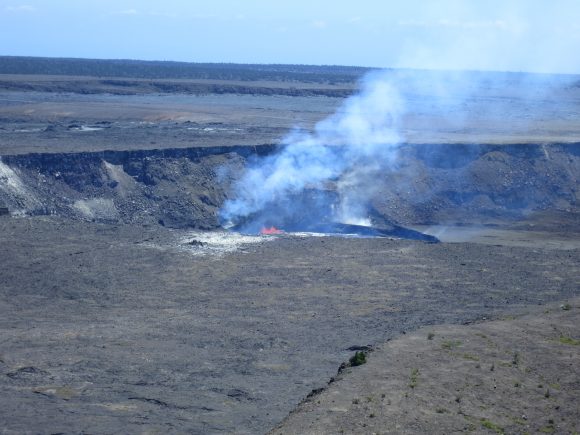
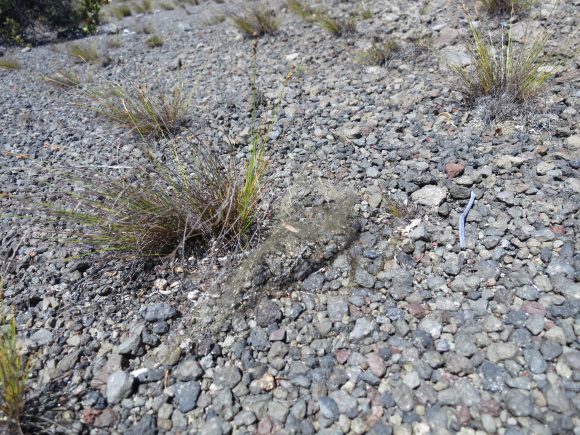
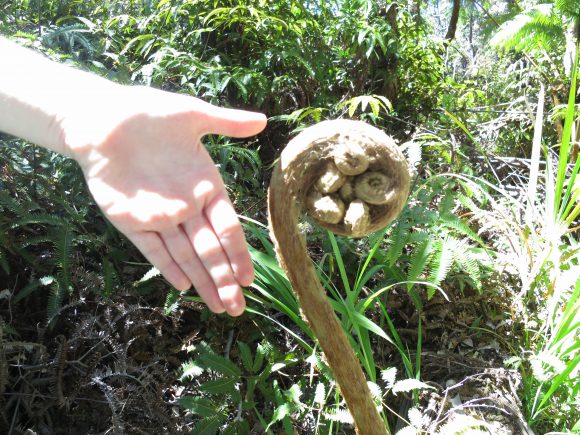

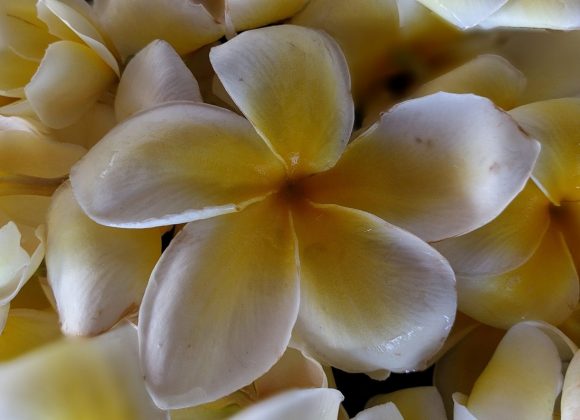
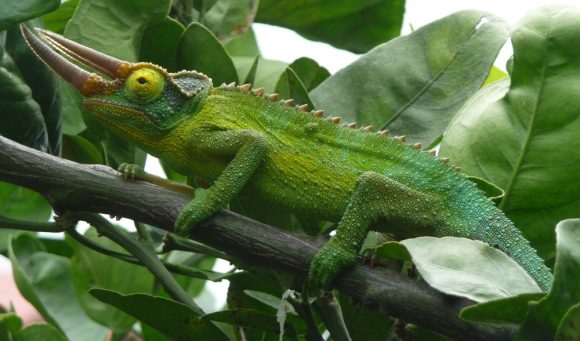
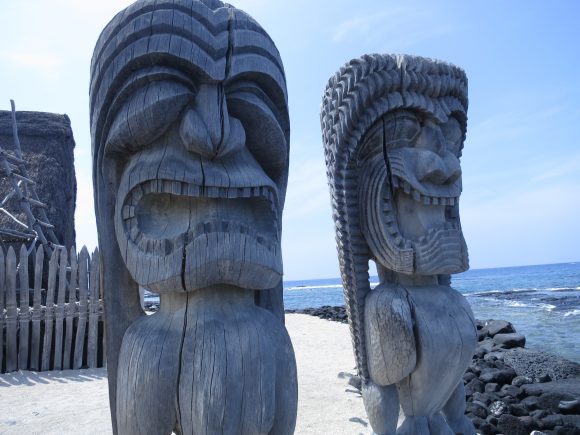
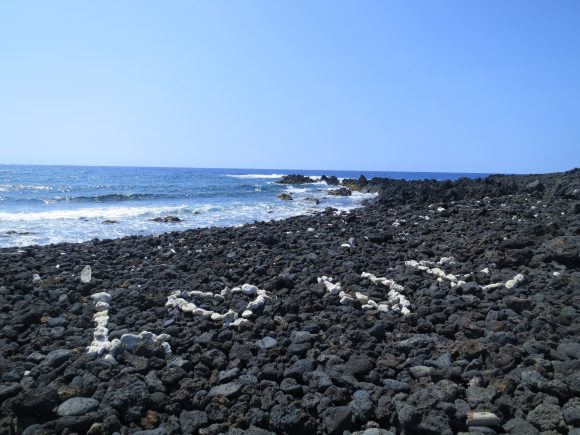
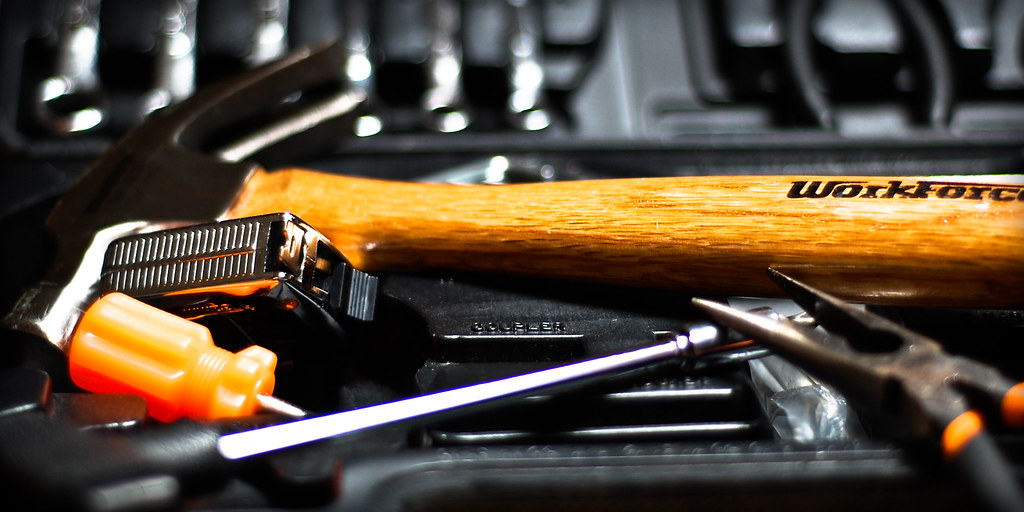

 Storyboarding: Phase I
Storyboarding: Phase I